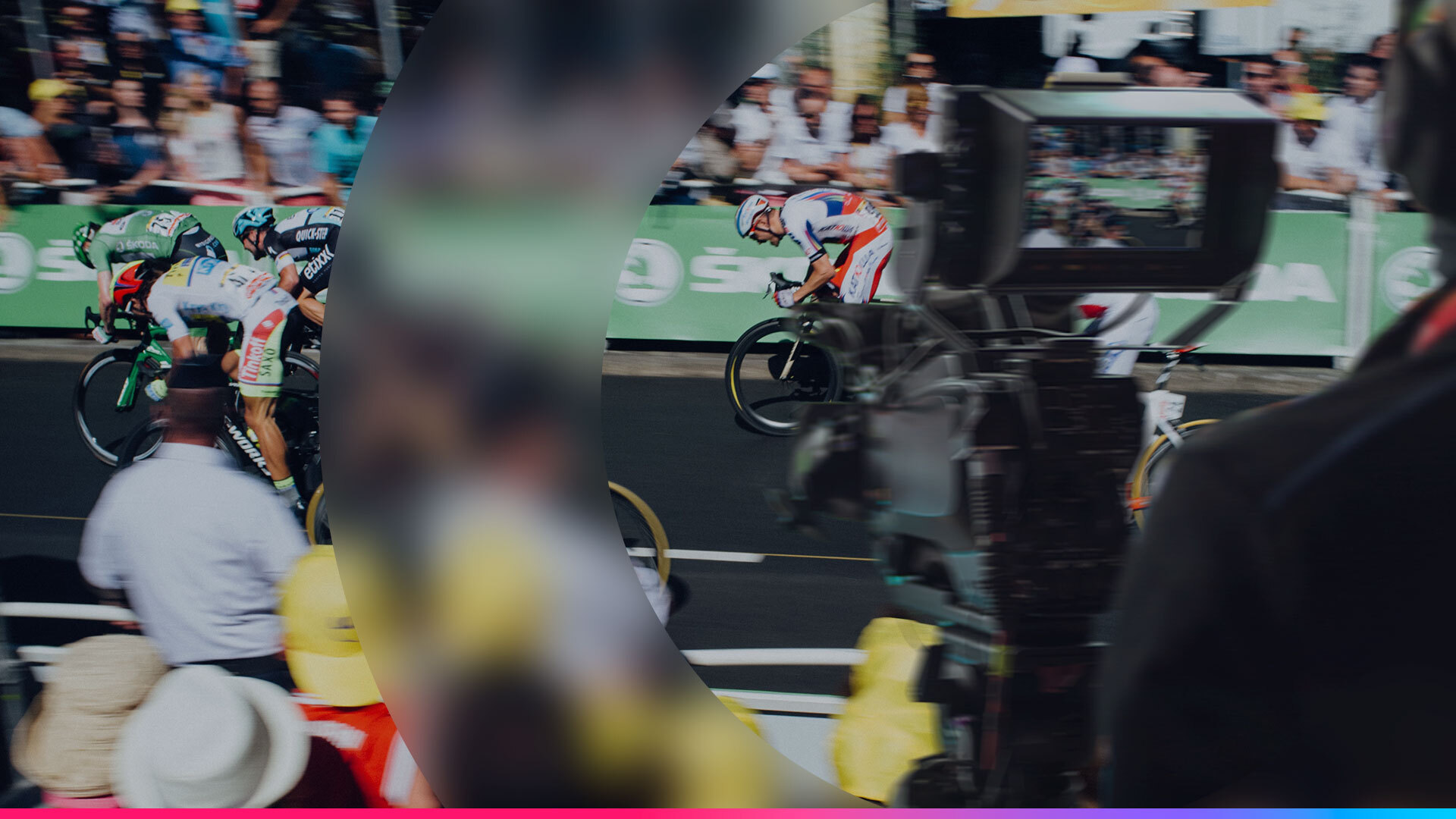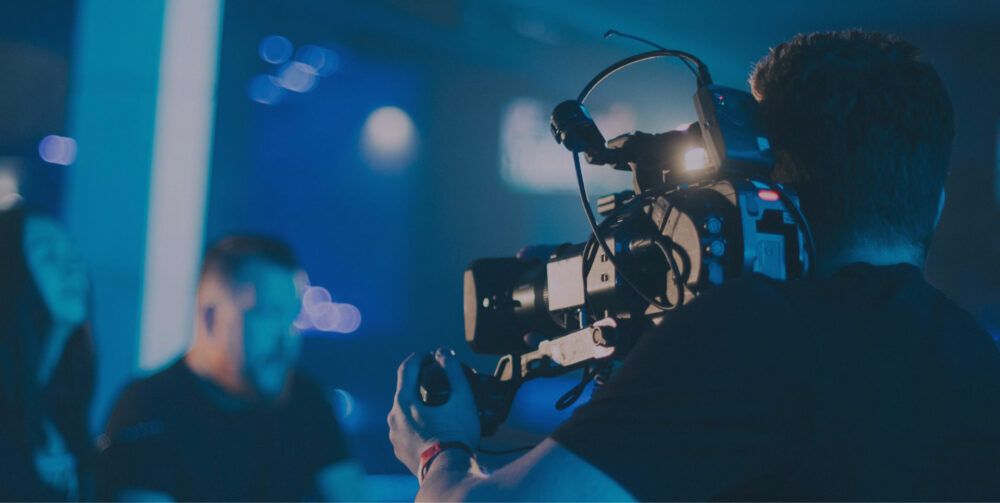
Keeping up with the Tour – from an equipment manager’s perspective
Cycling enthusiasts, rejoice: on July 1st, the 109th edition of the Tour de France sets off in Copenhagen. There will be extraordinary displays of grit and endurance. There will be drama. Passion. Small and big miracles, even. But without the equally superhuman performance of multiple, highly-coordinated production teams – and their equipment managers – you wouldn’t even know.
One of the most widely watched sporting events in the world, the Tour is broadcast in roughly 190 countries. No less than 60 global TV channels provide live coverage, each bringing a team of producers, directors, on-air commentators, and technical officials. Every day, for over three weeks, they have to set up their broadcast booths at the technical zone near the finish line of the current stage – and break it down again.
Capturing the action
To shoot the live footage of the race, organizations like Euro Media France – part of the Euro Media Group – deploy multiple cameramen with customized motorcycles and even mount GoPro cameras on some of the bikes in the race. Sound from the peloton is captured with two separate motorcycles.
Capturing those breathtaking aerial shots from the French Alps and the rolling Northern French (and Swiss and Danish) countryside are two helicopters with gyro-stabilized camera systems. All the video and sound data are then sent to a high-frequency (HF) helicopter, which relays the feed to an HF airplane flying at a higher altitude. Finally, the footage is sent to the HF dishes located in the technical zone.
Spoke in the wheel
If right now you’re thinking, “well, that’s a lot of gear to keep track of,” keep in mind that this is just the broadcasting part of the tour. There are also the cycling teams themselves and their technical teams, the medical teams, officials, and the French Republican Guard security team. To the average person, losing a cable, microphone, or even a mixer in all the hustle and bustle would be understandable, to put it mildly.
But here’s the thing: these production teams can’t afford to lose even a single pesky lens cap, as that could jeopardize the whole project. And don’t think that Tadej Pogačar or Wout Van Aert will wait until you get your stuff together. That’s a lot of responsibility for an equipment manager to bear, and it makes sporting events in a stadium or arena look like a walk in the park by comparison.
From the gear cage to the winner’s stage
This is why, just like their colleagues on bikes, these professionals don’t leave anything to chance. Using advanced equipment management – like, say, Cheqroom – allows them to keep track of every single piece of gear, its location, and its condition, from anywhere and at any time. What’s more, users in the field can immediately flag items that are faulty or broken. This way, the equipment manager can plan replacements and repairs or maintenance in time for tomorrow’s étappe.
And there’s more. By meticulously putting their data in the software Tour after Tour, these equipment managers gain valuable reports and insights that help them to further optimize the process. What equipment broke down fastest? Where and when was gear used the most? Who returns gear on time, and who doesn’t? Every year, these insights ensure that equipment managers can perform at their best, so you can sit back and enjoy the most compelling cycling race in the world.
Do you want to boost your equipment management performance? Try Cheqroom for free for 7 days, or break away from the peloton and book a demo.
More blog articles














